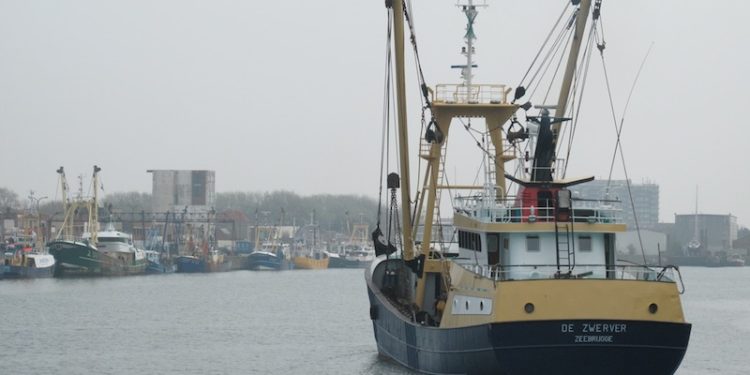Europêche has welcomed as a positive step the European Parliament’s Committee on Fisheries adoption of a position on the European Commission proposal establishing new rules on the conservation of fishery resources and the protection of marine ecosystems (technical measures) towards regionalisation, which is hoped will bring decision-making closer to fishermen and coastal communities.
After months of consultation with all interested parties, the European Parliament has delivered its opinion on technical measures. The Parliament’s position builds on the European Commission’s proposal aimed at modernising the existing rules on how, when and where fishermen may operate. The ultimate goal is to reduce catches of juveniles of commercial and non-commercial species, to improve species selectivity, to avoid catches of protected species, to reduce discards and to minimize environmental impacts.
However, these results have been overshadowed by the decision taken by the Committee not to give a mandate to rapporteur Gabriel Mato to enter into negotiations with the Council until this report is voted in plenary, possibly in February 2018.
According to Europêche, this decision will unnecessarily delay the legislative process and put at risk the difficult compromises achieved on very complex fishery issues.
Regarding the overall goals of the Regulation, the European Parliament has adequately introduced ‘performance indicators’, replacing the rigid ‘targets’ proposed by the Commisson to assess the effectiveness of the measures.
‘In addition, the Commission had proposed a 5% limit for catches under the minimum size as a target across all seas which in our view is arbitrary, unrealistic, lacks scientific basis and is, in some cases, impossible to implement,’ Europêche president Javier Garat stated.
‘Even though the sector feels closer to the Council’s approach which sets the target to reduce by-catch as far as possible, the European Parliament has found a valid way to adapt the 5% threshold to all sea areas through regionalisation. This approach is taking into consideration the specificities of the different regions while moving away from micro-management.’
Europêche argues that there is a lack of definition and understanding as to how criteria and environmental targets should be made operational; creating much uncertainty on what exactly ‘good environmental status’ means for commercially exploited fishing resources.
The sector welcomes that all EU institutions consider multiannual plans as the most appropriate vehicle for the adoption and application of specific technical measures in the regionalisation process.
The controversial pulse trawl would be permitted on a commercial scale without limitation on the number of permits, provided a positive scientific assessment is issued by the EC scientific committee (STECF) after a four-year trial period. This fishery would also be subject to certain technical conditions.
Europêche’s position is that one of the biggest discrepancies between institutions exists over the definition of ‘directed fishing’. The Council has reinstated the so-called catch composition rules while the European Parliament has decided to set out the definition through regionalisation. Similar disparity appears between the institutions concerning mesh sizes.
‘The European Parliament maintains a ‘status quo’; meaning that current rules relating to mesh sizes will remain the same and may be modified through regionalisation up to a period of 18 months after the entry into force of this Regulation. On the contrary, the Council has in its approach already modified certain mesh sizes as proposed by the Commission,’ Javier Garat said.
We are convinced the European Parliament has delivered an important contribution towards simplification and has managed to move away from top-down measures which up until now were compiled in 30 different EU regulations. Fishermen believe that there is still room for further flexibility in order to adapt to the evolving realities of fisheries. We must not forget that by 2020 all stocks must achieve maximum sustainable yield exploitation (MSY) levels, Brexit will come into effect and all landings obligations will be fully implemented.’
‘In the context of the landing obligation, fishers are fully responsible for the catches taken and not for what they land; accordingly they should be allowed to decide the best selective measures. In this sense, the landing obligation in itself is the greatest incentive for improving selectivity. Fishermen can only be selective up to the point of possibility,’ he said.
‘For obvious economic reasons, fishermen do not want to catch high levels of undersized fish and are therefore as selective as possible. The levels of by-catch vary with season, areas and target species. Furthermore, Members States declared that there is still no reliable data on the level of discards in the different EU fisheries. Accordingly, fishers should be free to choose the most appropriate gears to achieve greater selectivity so as to reduce as much as possible unwanted catches.’
He commented that whether this framework would be good enough to adequately adapt EU fisheries in all areas to achieve the ambitious objectives set in the Common Fisheries Policy very much depends on the future vote in Plenary.









